
Los vicios que obstaculizan el éxito, según el padre de la neurociencia Cultura Inquieta
Santiago Ramón y Cajal was born in Petilla de Aragon in Navarra, Spain, as the son of a doctor. Though he was talented artistically, he chose to study medicine at the University of Zaragoza, where his father lectured in Applied Anatomy. After serving as an army medic, Cajal received his PhD in Madrid in 1877 and became a professor of anatomy.

Santiago Ramon Y Cajal, Histologist Photograph by
January 9-March 31, 2018. Santiago Ramón y Cajal (1852-1934) was a pioneering Spanish neuroanatomist who, over the course of five decades, combined cutting-edge scientific research with consummate draftsmanship to create groundbreaking drawings of the human brain and other nerve tissues. In 1906, Cajal was jointly awarded the Nobel Prize.

Santiago Ramón y Cajal Santiago Ramón y Cajal (1 May 1852 … Flickr
Santiago Ramón y Cajal, (born May 1, 1852, Petilla de Aragón, Spain—died Oct. 17, 1934, Madrid), Spanish histologist who (with Camillo Golgi) received the 1906 Nobel Prize for Physiology or Medicine for establishing the neuron, or nerve cell, as the basic unit of nervous structure.This finding was instrumental in the recognition of the neuron's fundamental role in nervous function and in.

Sinapsis Santiago Ramón y Cajal
H our after hour, year after year, Santiago Ramón y Cajal sat alone in his home laboratory, head bowed and back hunched, his black eyes staring down the barrel of a microscope, the sole object.

Cajal y la hipnosis una visión desconocida del científico universal Lanza Digital Lanza Digital
Santiago Ramón y Cajal was born on May 1, 1852, at Petilla de Aragón, Spain. As a boy he was apprenticed first to a barber and then to a cobbler. He himself wished to be an artist - his gift for draughtsmanship is evident in his published works. His father, however, who was Professor of Applied Anatomy in the University of Saragossa.

Santiago Ramón y Cajal A Ciencia Cierta S de Stendhal
Ramón y Cajal refined the Golgi stain, and with the details gleaned from even crisper images, revolutionized neuroscience. In 1906 he and Golgi shared a Nobel Prize.
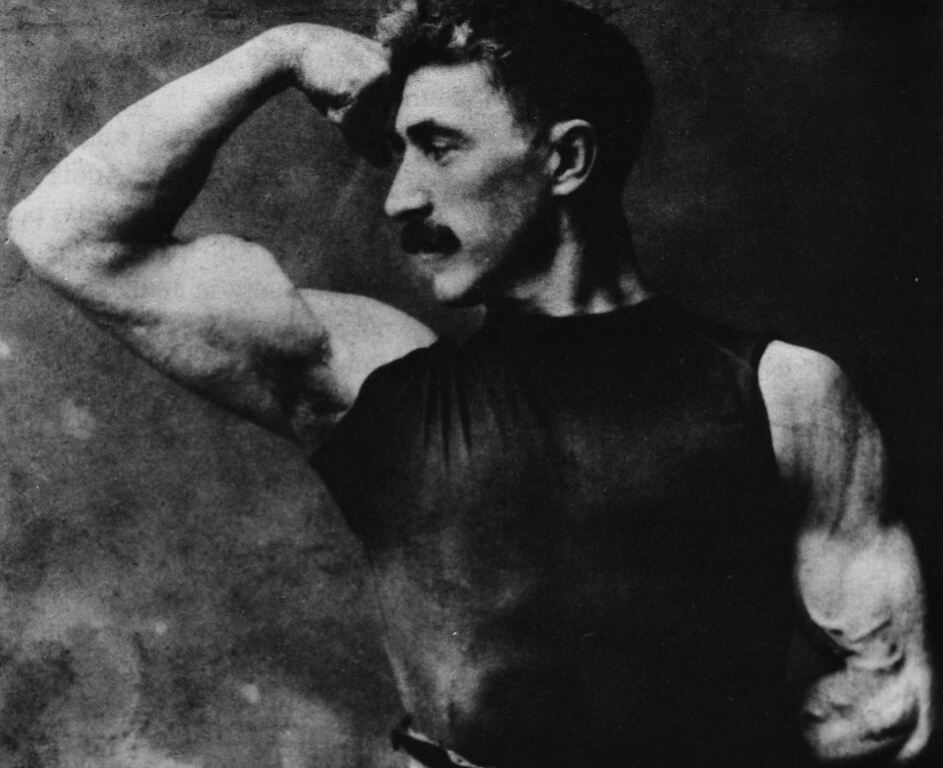
Agencia Febus Ramón y Cajal, pionero del culturismo español
Santiago Ramón y Cajal (Petilla de Aragón, Navarra; 1 de mayo de 1852-Madrid, 17 de octubre de 1934) fue un médico y científico español, especializado en histología y anatomía patológica.Compartió el Premio Nobel de Medicina en 1906 con Camillo Golgi «en reconocimiento de su trabajo sobre la estructura del sistema nervioso». [1] Fue pionero en la descripción de las diez sinapsis.
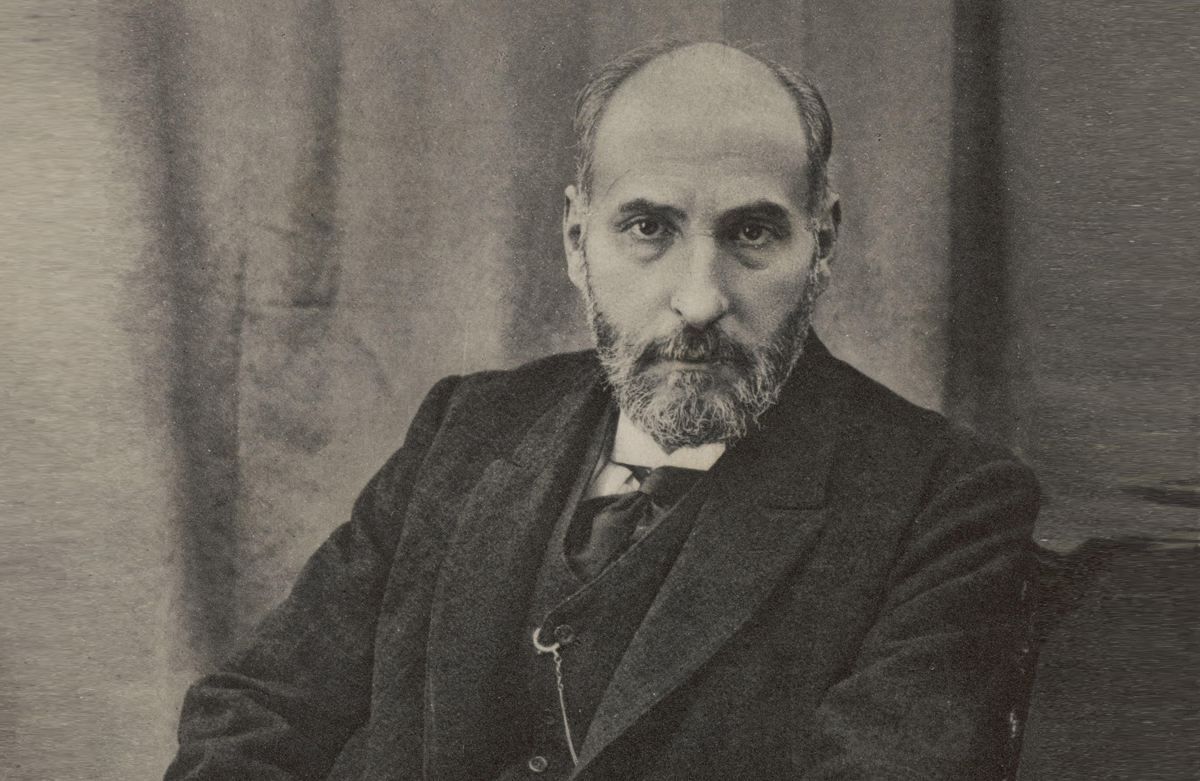
Ramón y Cajal los secretos de un genio
The Nobel Prize in Physiology or Medicine 1906 was awarded jointly to Camillo Golgi and Santiago Ramón y Cajal "in recognition of their work on the structure of the nervous system". MLA style: The Nobel Prize in Physiology or Medicine 1906.

Ramón y Cajal, el pionero de la fotografía en España que ganó un Nobel
The Nobel Prize in Physiology or Medicine 1906 was awarded jointly to Camillo Golgi and Santiago Ramón y Cajal "in recognition of their work on the structure of the nervous system"

Santiago Ramón y Cajal Biografía, frases, inventos, teoría y más
Santiago Ramón y Cajal (Spanish: [sanˈtjaɣo raˈmon i kaˈxal]; 1 May 1852 - 17 October 1934) was a Spanish neuroscientist, pathologist, and histologist specializing in neuroanatomy and the central nervous system.He and Camillo Golgi received the Nobel Prize in Physiology or Medicine in 1906. Ramón y Cajal was the first person of Spanish origin to win a scientific Nobel Prize.
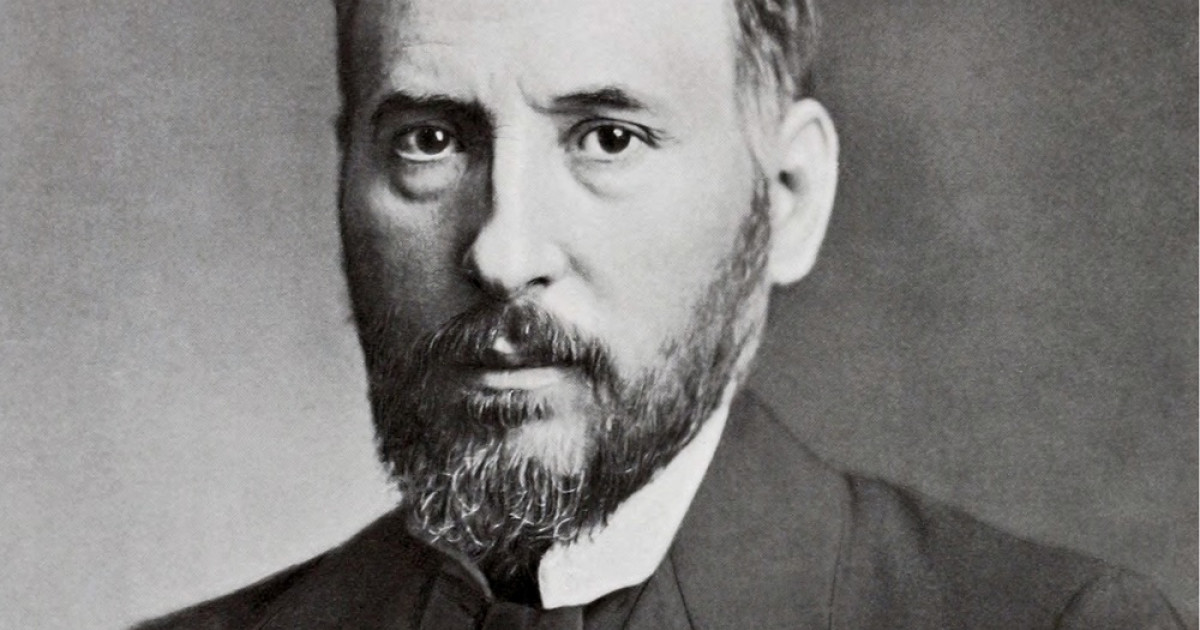
Santiago Ramón y Cajal biografía de este pionero de la neurociencia
Born in Navarra, the son of a doctor, Cajal was a rebellious artistic child, with an innate distrust of authority and an obsessive-compulsive proclivity. At 8, according to the catalog, he drew.
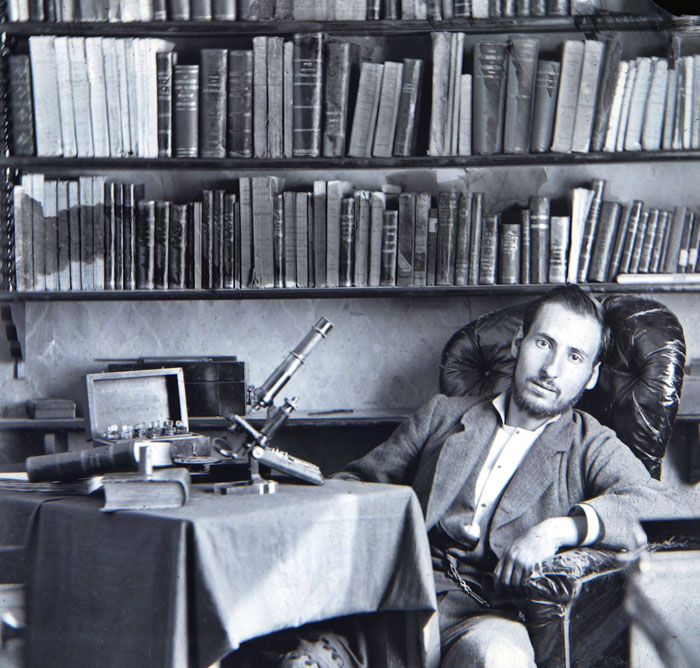
Santiago Ramón y Cajal Artist and Nobel Prize Winning Scientist RobotSpaceBrain
Benjamin Ehrlich. Farrar, Straus and Giroux, $35. Spanish anatomist Santiago Ramón y Cajal is known as the father of modern neuroscience. Cajal was the first to see that the brain is built of.
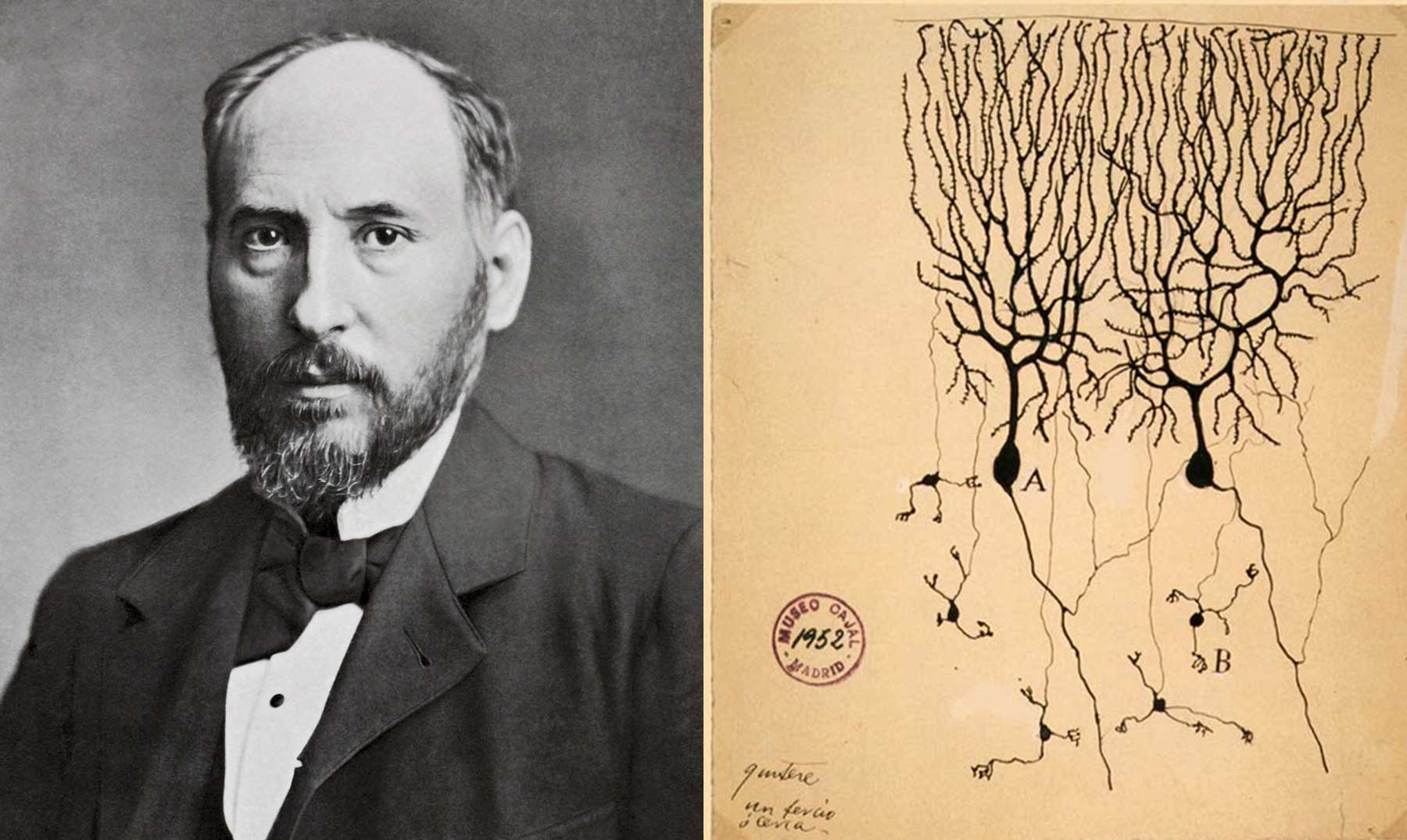
El artista de la neurona Ramón y Cajal
The pencil and ink depictions are not fantastical dreamscapes, but the brainchildren of Santiago Ramón y Cajal (1852-1934), the father of neuroscience and once an aspiring artist. Armed with a.
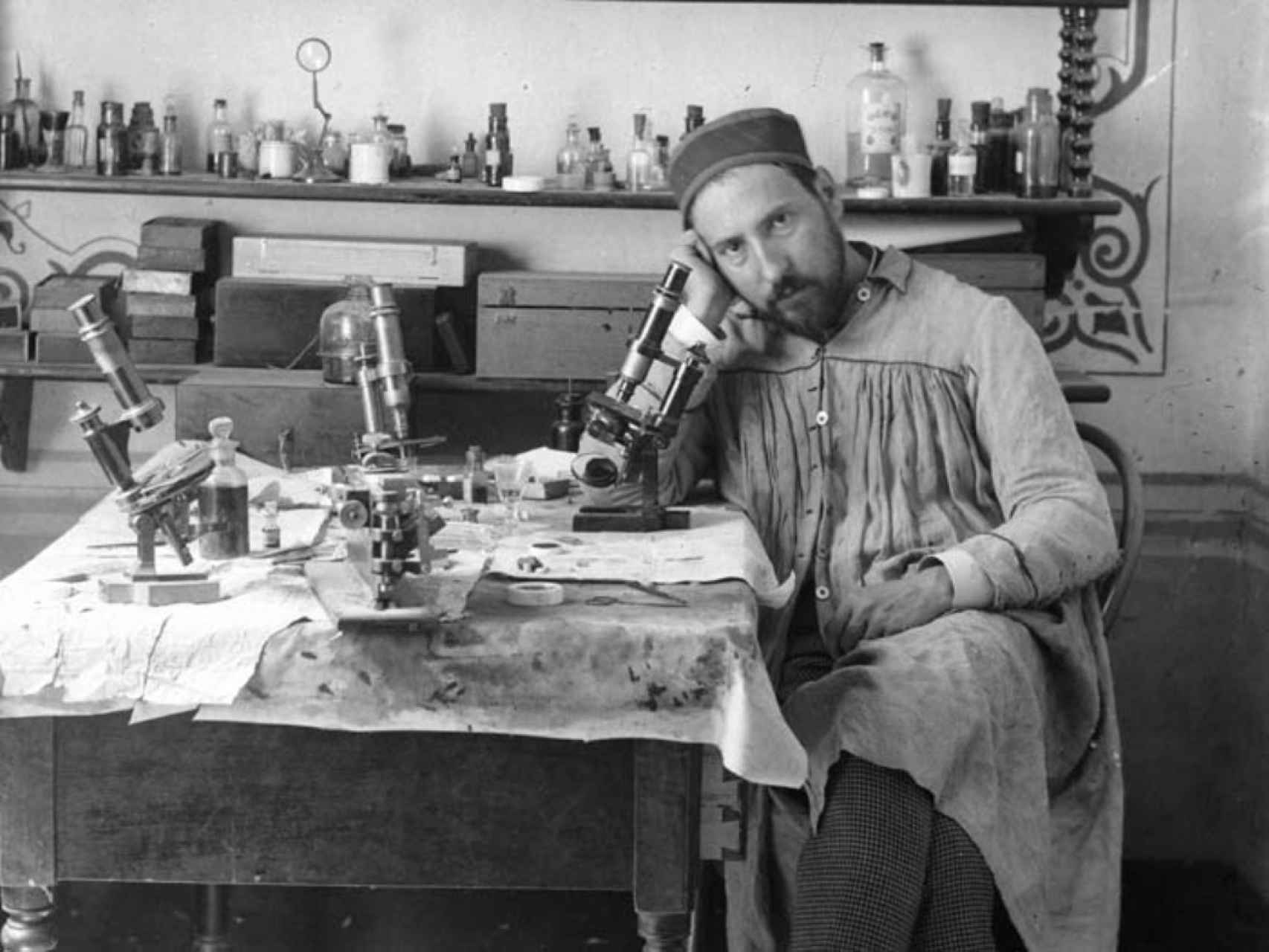
Ramón y Cajal, el joven cachas, pendenciero y carcelario que ganó un Nobel
Santiago Ramón y Cajal (May 1, 1852 - October 17, 1934) was a Spanish physician and scientist considered to be the founder of modern neurobiology (Sotelo, 2003).He was the first to report with precision the fine anatomy of the nervous system. His findings were central in the elaboration of the neuron doctrine: Cajal demonstrated that the nervous system was made up of individual cells.
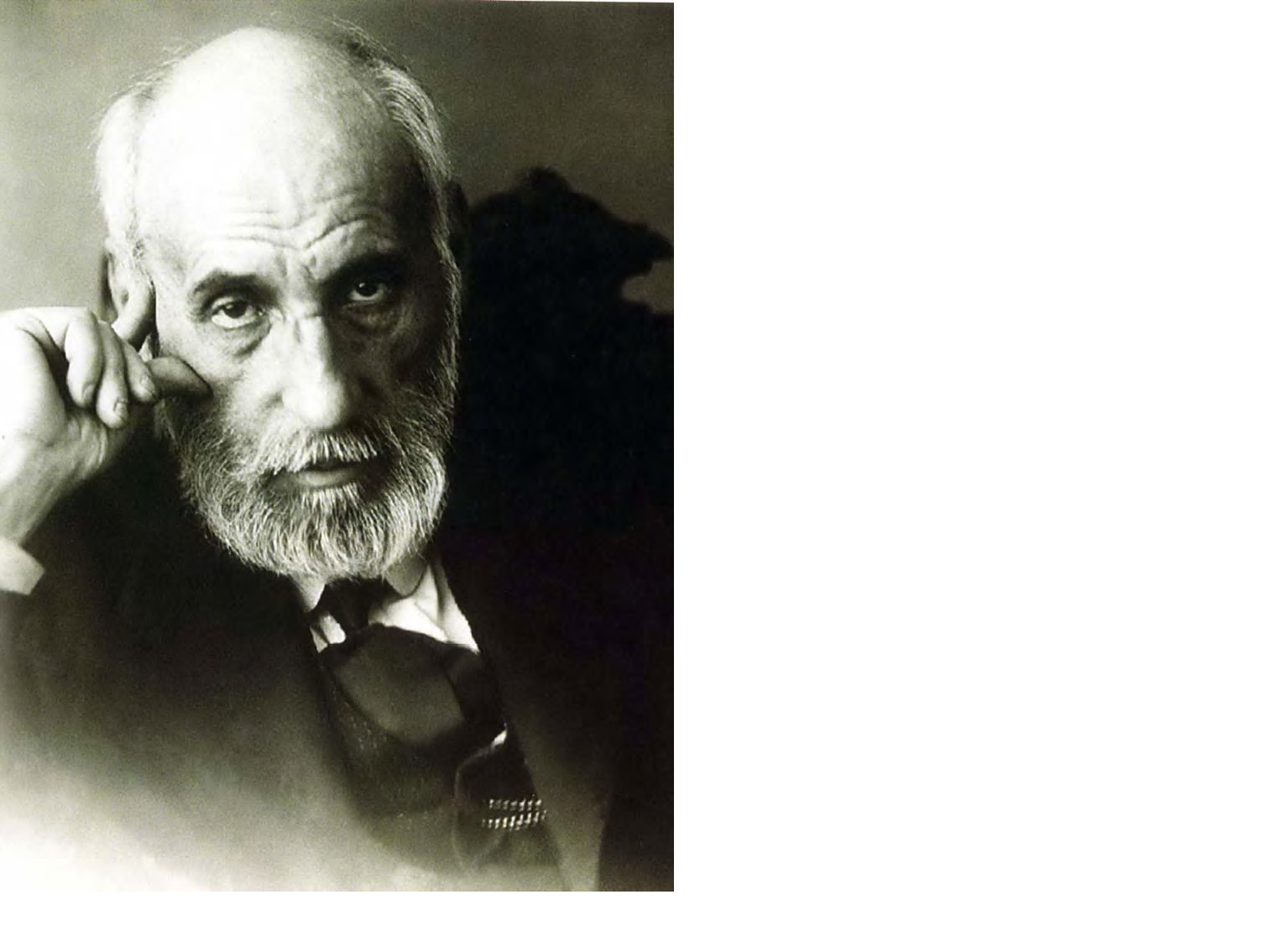
Santiago Ramon y Cajal
Abstract. Ramón y Cajal's studies in the field of neuroscience provoked a radical change in the course of its history. For this reason he is considered as the father of modern neuroscience. Some of his original preparations are housed at the Cajal Museum (Cajal Institute, CSIC, Madrid, Spain). In this article, we catalogue and analyse more.
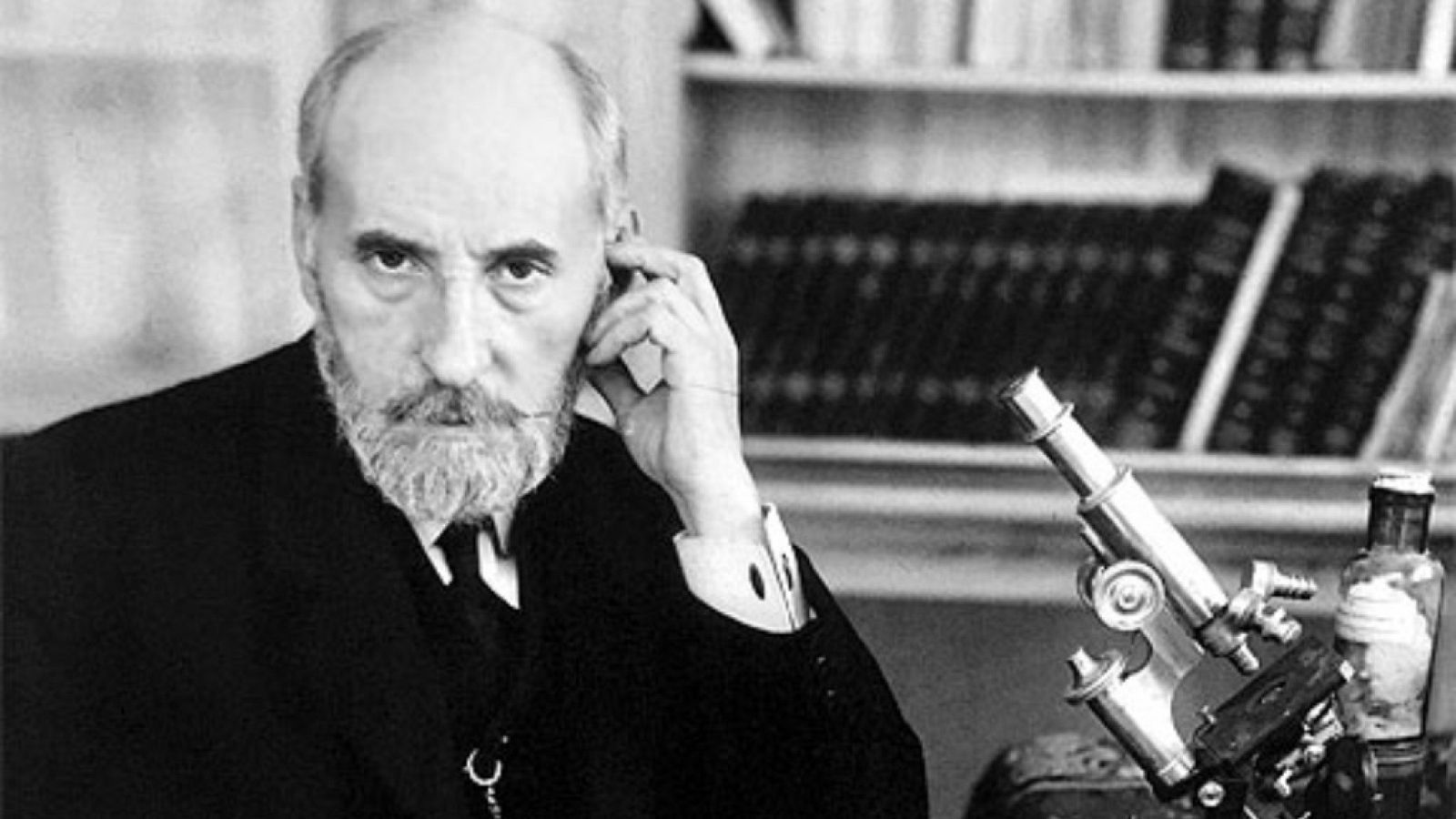
Biografía Santiago Ramón y Cajal
Santiago Ramón y Cajal was born in May 1852 in the village of Petilla, in the region of Aragon in northeast Spain. His father was at that time the village surgeon (later on, in 1870, his father was appointed as Professor of Dissection at the University of Zaragoza). Cajal was a rebellious teenager, and his father apprenticed him for a while to.